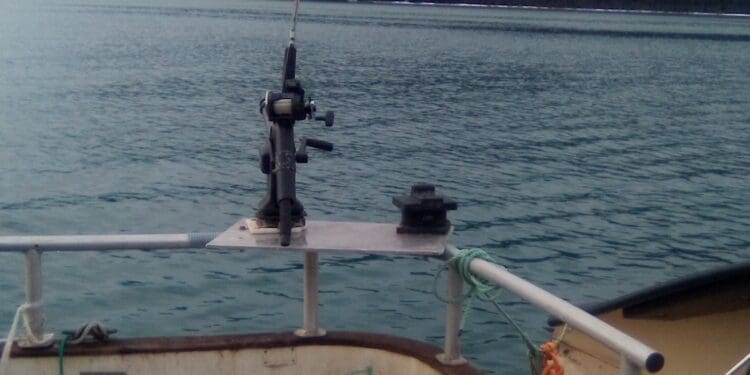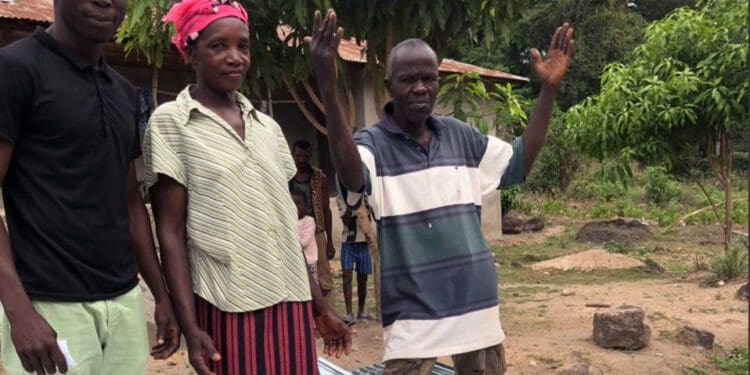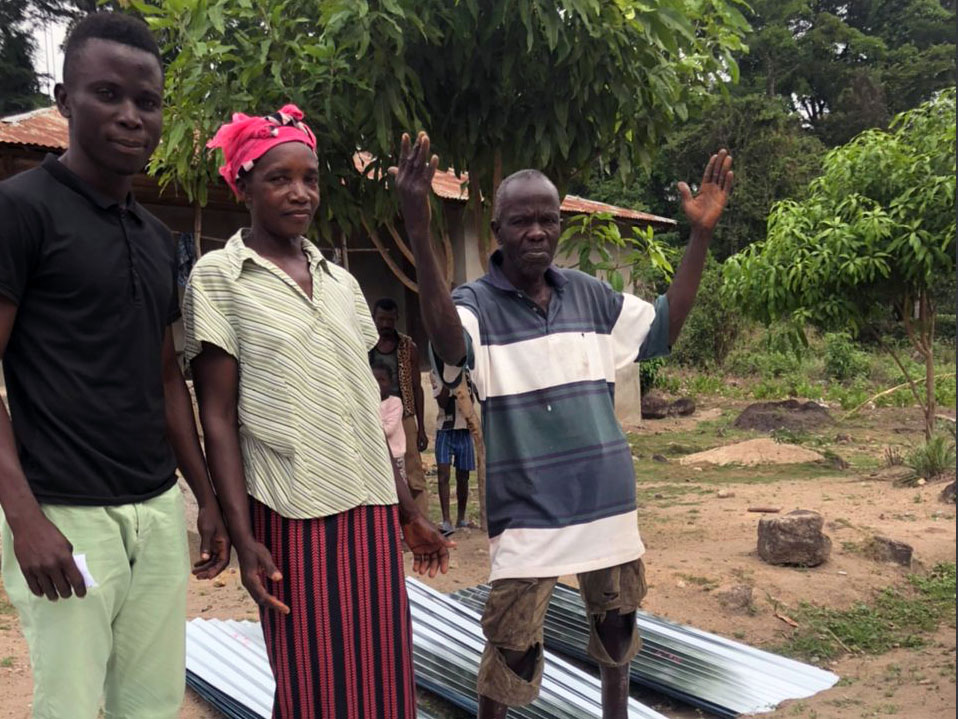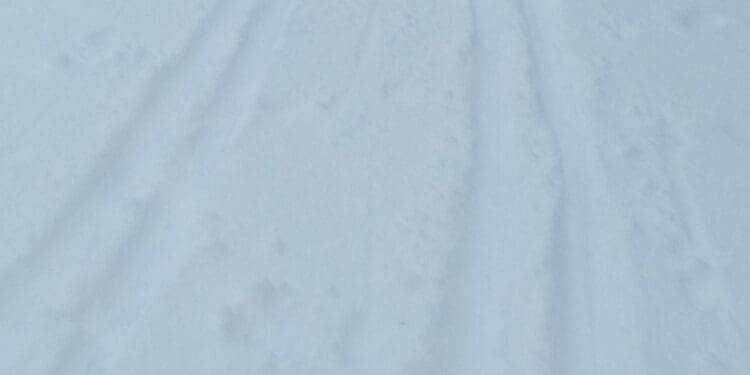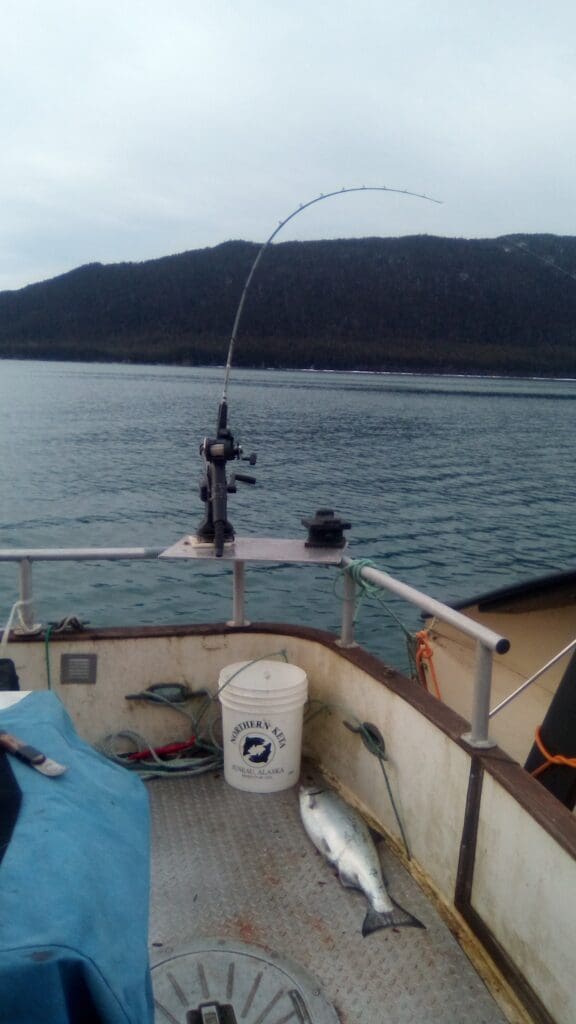
First day of real spring seemed like yesterday. There was a warm wind. Forecast was for fairly light winds today, so I sent an email out to gauge interest for fishing. Jeff and Kurt were in.
We scheduled to head out at 9 am, so I got down to the boat about 8:25 to get ready. I figured I’d start the engine at 8:45 and it would be warm when they showed up at 9.
But like I said – spring is in the air. They were 25 minutes early. So I started the boat and let it run for 5 minutes, then they cast off the lines and away we went. Jeff brought sandwiches for everyone. And a pile of cookies Terri had baked.
By now, they, along with Bob, know it’s an unwritten rule never to give me money for anything. So they bring food or drink on the trips. Jeff and Kurt have taken care of me since literally the first day I set foot in Juneau. And then Bob came along when I married Sara. When I’m out of town, Kurt watches the boat. They are the first people Sara calls if there’s a problem. Bob does welding or builds custom stuff for the boat, like the cover he’s making for the auto pilot I moved above decks.
We put the gear down near the last house on the beach in Thane. I had a brand new cop car King Kandy cut plug on one side, and a white one on the other. I fished them each above a flasher on a snubber on the cannonball like my friend Dave in Wrangell showed me a decade ago. Not much traffic in the channel.
About an hour in, we thought we had a nibble on the white one. Then a few seconds later – there goes the cop car. Jeff grabbed the rod, I yelled for Kurt to put the boat in neutral, and I got the gear on the other side out of the water.
Jeff was a nervous nelly. Did we lose it? No. The boat out of gear made some slack in the line. He reels and tries to keep up with the fish. He says something is wrong with the reel. I said it’s the drag. He tightens the star.
He plays the fish to the boat. Then whoosh! Out it jumps. An airborne chrome beauty. Ooo! A nice one. A keeper, no question.
Jeff is tentative playing the fish, just like I would be. You don’t get a king salmon on very often these days. Much less a keeper. In the middle of March. He patiently plays the fish to the boat, and as I dip the net, the fish takes one more run. You scared him, Jeff tells me.
Then Jeff reels him in. I tell him not to reel past the swivel connecting the leader to the reel line, then sees he’s already conscious of that. The tired fish comes to the net. Then the screaming and whooping begins. 99% of it by me. I can’t help it.
I’m 59 and some things stay the same. Like getting excited for every king salmon. Whether on the Dutch Master or here with my buddies. Same thing. Every time. A long time ago I was fishing on Boy Scout Lake up by Fairbanks with Charlie and Gus. It was Gus’s second time fishing with Uncle Mark. He asked his Dad if he would ask Uncle Mark not to scream every time we caught a fish. Apparently, I scared the child. That was decades ago.
I break a gill of the beautiful king, get the gear back out, then fill a 5 gallon bucket half full of water and put the king in to bleed. I don’t even think about these steps anymore.
After about 20 minutes, I put the fish out flat on the aluminum deck as the temperature is cold, so no need to clean the fish right away or otherwise cool it. Now the photos and texting start by all three of us. I like to send fish photos to everyone whose ever been on the boat or to Juneau fishing or hunting with me. And a few other friends. That’s a long list now.
One friend I haven’t texted in my life because I always texted his wife. She passed away a few weeks ago, so I sent him a note with a photo of the fish. He immediately replied with excitement for the catch and that he was missing his wife. It was good to hear from him.
We fish the rest of the morning til a couple hours after the high tide change. One other boat joins us. We see lots more feed on the sounder today, but catch no more fish. And that’s okay. We have our one. I clean the fish as we head to town.
When we get back to the dock, I let Kurt dock us again, as he likes to practice. We get tied up, then I butcher the fish and divide it into 3 bags for each of us.
I give a steak to my neighbor in the boat across the dock. The first day we tied up at this new spot he swore at Kurt and I. I swore back at him in a friendly manner. Apparently, we’d woken him. I said we were sorry and that was the end of it. He never came on deck so I didn’t know what he looked like.
I guessed he had bigger problems living in a derelict wood troller on its last legs. Over time, I got to know more about him. He was a shipwright who started a well-known boat works in a community south of here. His kidneys were failing him now, so he was in Juneau for medical attention. We’ve become pretty good dock friends now.
I get home and tell Sara the news. Then change into my ski clothes, drink a bunch of water to counter the dehydration from drinking gobs of coffee on the boat all day, and head to Eaglecrest. I drop off a couple king steaks for Bob and Laura. I got my cross country ski in. Soft, fast snow.
About as good as a Southeast day as they come.

